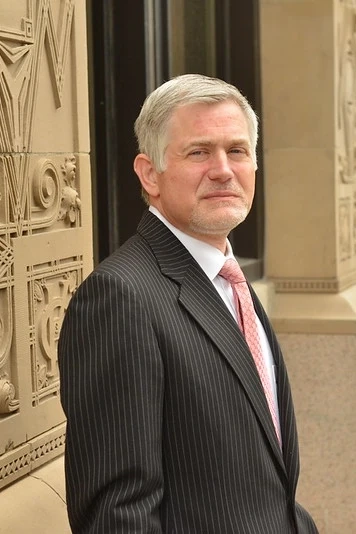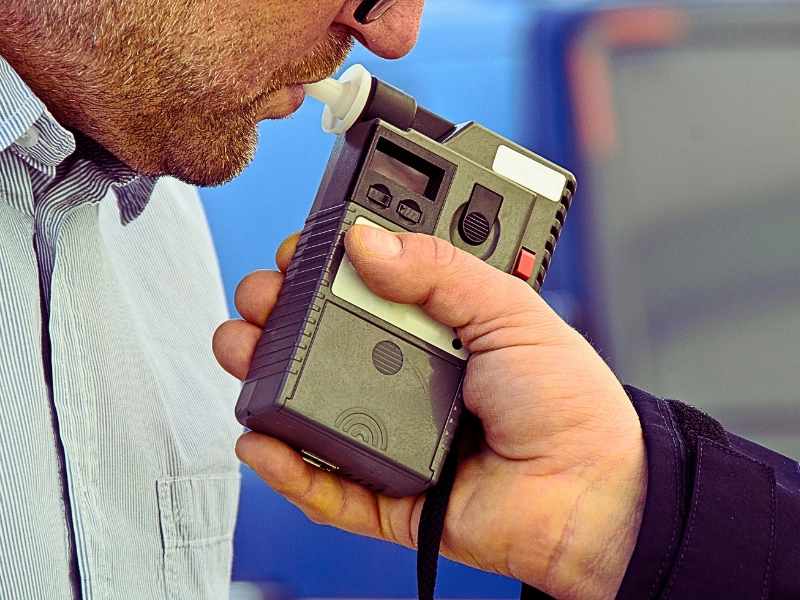Under the Sixth Amendment to the United States Constitution, any individual who is accused of a crime has the right to be represented by an attorney. In 1963, a landmark Supreme Court case (Gideon vs. Wainright) established a new right that requires states to provide a defense attorney for every criminal defendant, regardless of the individual’s ability to pay for one. When the state provides a lawyer to individuals who are unable to pay, the lawyer is referred to as a public defense attorney, or a public defender.
(Article continues below Infographic)
When the new right was first established, it was an excellent solution that was extremely efficient at completing the task for which it was designed. Unfortunately, times change, circumstances change, and the Public Defense System could use an overhaul as well.
A significant increase in the number of criminal cases since 1963 has caused the demand for public defense to skyrocket. As of 2013, the number of individuals in America’s prisons had multiplied to approximately 2.3 million- more than 10 times the number of inmates in1963. Regrettably, the number of public defense lawyers has not seen a matching increase. Due to the shortage of lawyers, the average public defender needs about 3,035 hours of work to effectively handle his caseload each year. Alarmingly, the National Advisory Commission on Criminal Justice Standards and Goals suggests that the same caseload should be handled in only 2,080 work hours.
As if the increased demand for indigent defense wasn’t already bad enough, in 2013, budget cuts that reduced spending in the nationwide public defense system by $43 million were made. These cuts made a severe dent in an already tight public defense budget. Many offices were forced to reduce travel, limit (or even eliminate) cell phones, put off updating old equipment, stop paying for expert witnesses, and discontinue workforce training and education. There were no longer funds to replace an employee who quit or retired. Public attorneys were forced to take a furlough. In one situation in Ohio, even these cutbacks were not enough. With no other choice, Southern Ohio’s Director of the public defender’s office even fired himself in order to save the jobs of other lawyers who otherwise would have had to have been let go.
Sadly, the lack of funding for indigent defense has a negative impact on everyone involved. Clients who are unable to afford private legal representation are not receiving the attention their cases deserve, and public defenders are unable to afford expert witnesses and other tools to provide an optimal defense. Therefore, indigent clients are more likely to be wrongfully convicted. Additionally, courts are becoming congested due to scheduling conflicts for public defenders and public defense attorneys throughout the United States are becoming increasingly overwhelmed as their caseloads continue to grow.
On This Page
The Effects on the Criminal Defense Crisis in Minnesota
Unfortunately, the state of Minnesota is not exempt to the effects of the criminal defense crisis. All 87 counties in the state are served by only 493 public defenders. While the America Bar Association says that lawyers should receive no more than 150 new cases each year, the average public criminal defense attorney in Minnesota sees approximately 250. These cases include everything from burglaries to murder. With only 58 percent of the attorneys and support staff needed, Minnesota defendants are being left with less than optimal representation while highly qualified public defenders struggle to keep up.
In 2010, a report by the Office of the Legislative Auditor revealed survey results where nearly half of public defenders who responded reported that they did not feel well prepared for all of their cases during the previous year. Additionally, a disturbing 45 percent reported that they “ran into potential ethical issues surrounding my obligation to provide competent and diligent representation.”
The state of Minnesota took a step in the right direction in April of 2013 when the Senate passed a judiciary funding bill that added approximately $5 million to increase the salaries and benefits for public defenders, and an additional $5.6 million to add new public defenders in order to reduce attorney overload. Unfortunately, the additional funding just wasn’t enough, and the crisis with an overburdened public defense system in Minnesota continues.
Do Furloughs Help the Criminal Defense Crisis?
While the furloughs that were forced upon public defenders after the sequestration in 2013 were intended to help cut costs, they seem to be causing more harm than good. Some of the issues associated with these furloughs include:
- Reduced staff available to work on cases
- Less time to prepare for cases, gather expert witnesses and conduct in-depth investigations
- Less time for research
- Many public defenders are forced to either work a certain number of hours for free or neglect their clients’ needs






